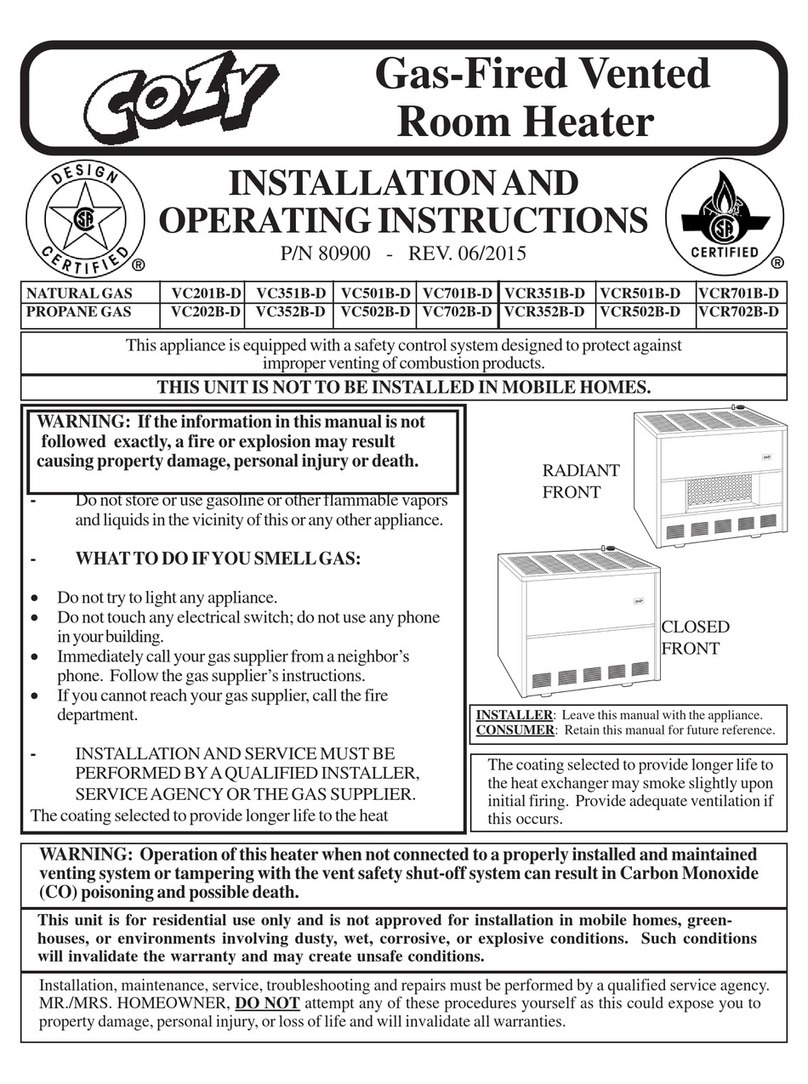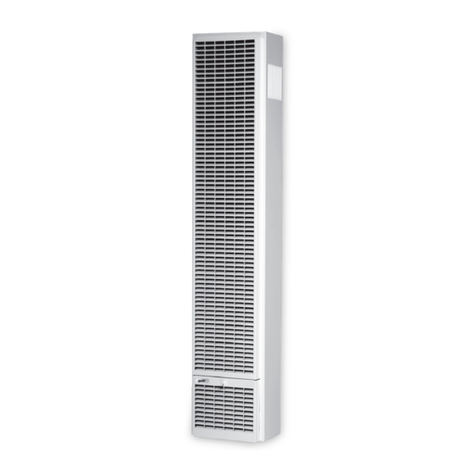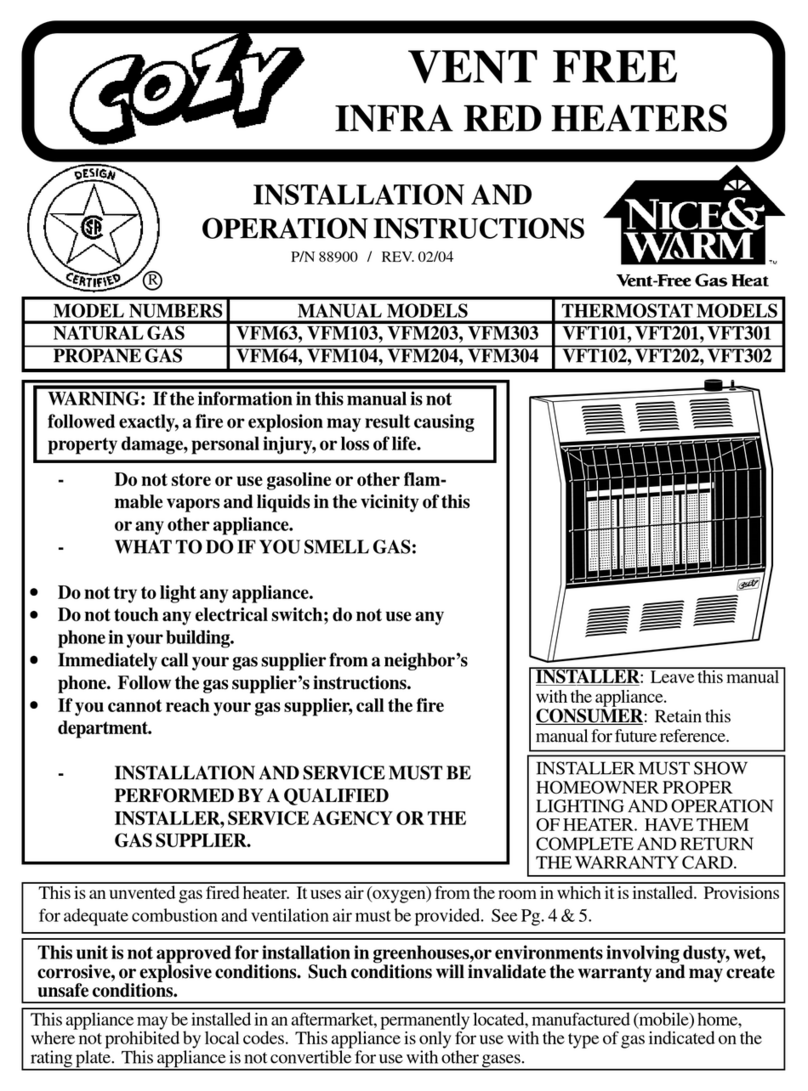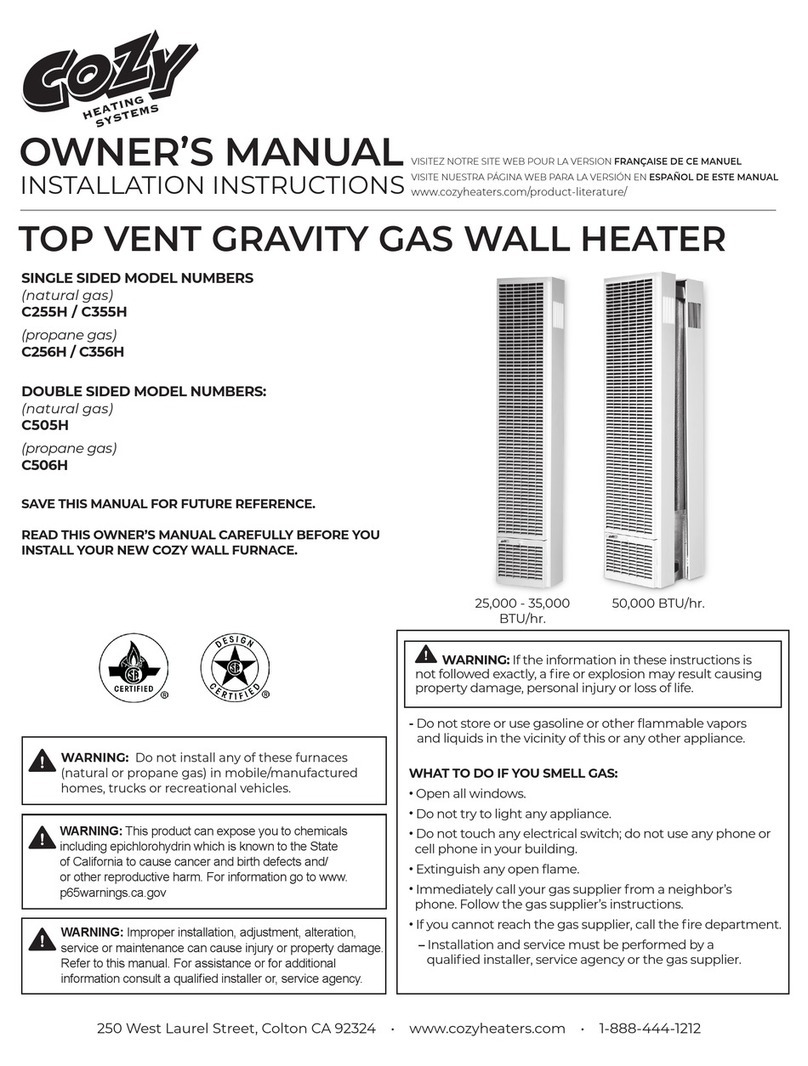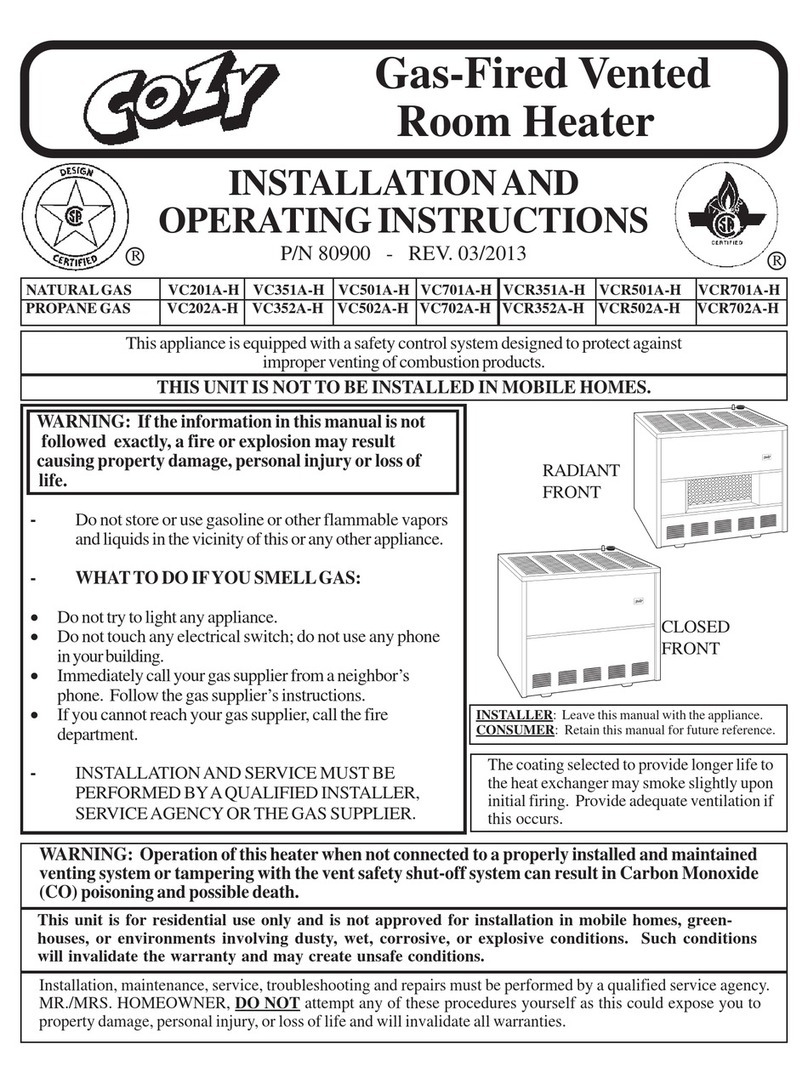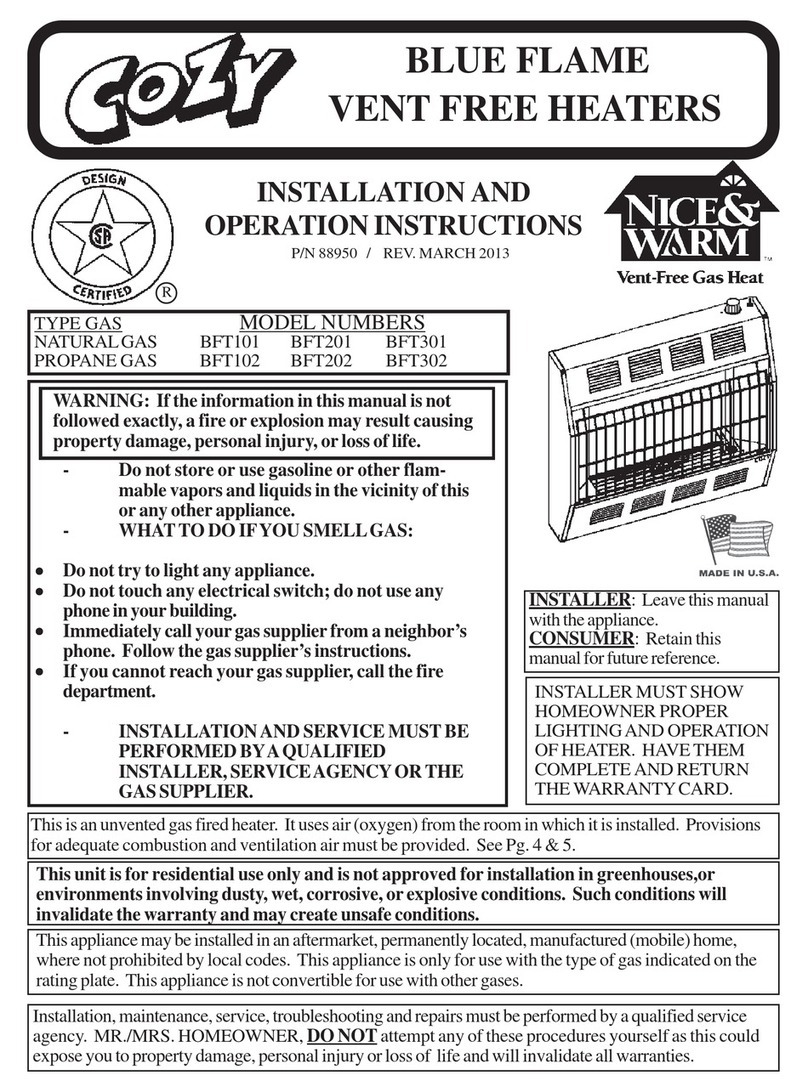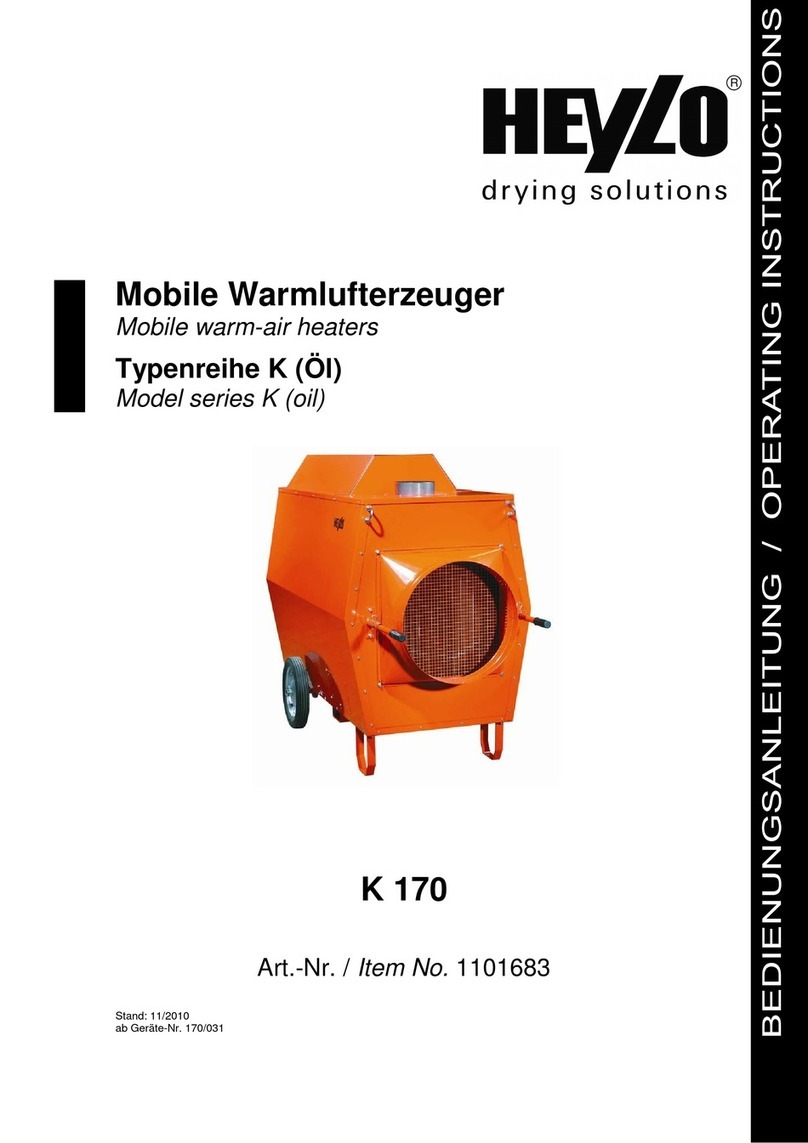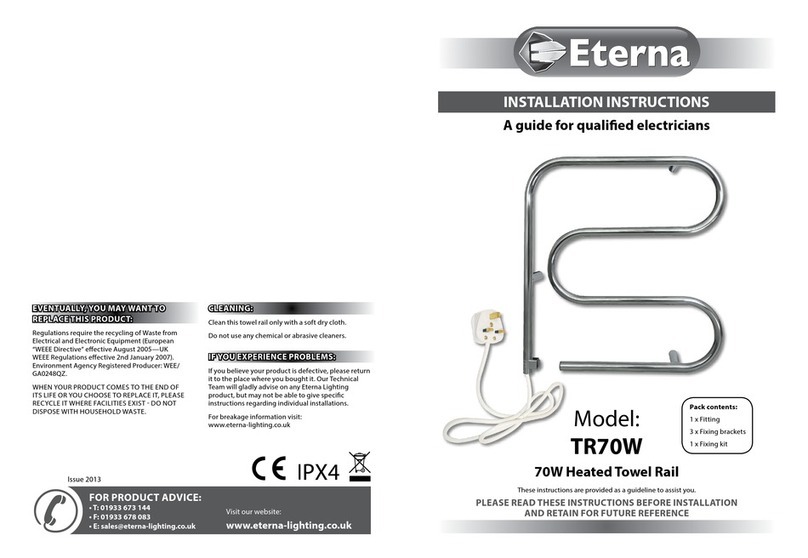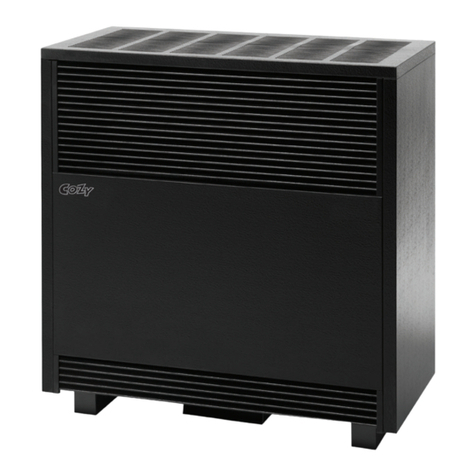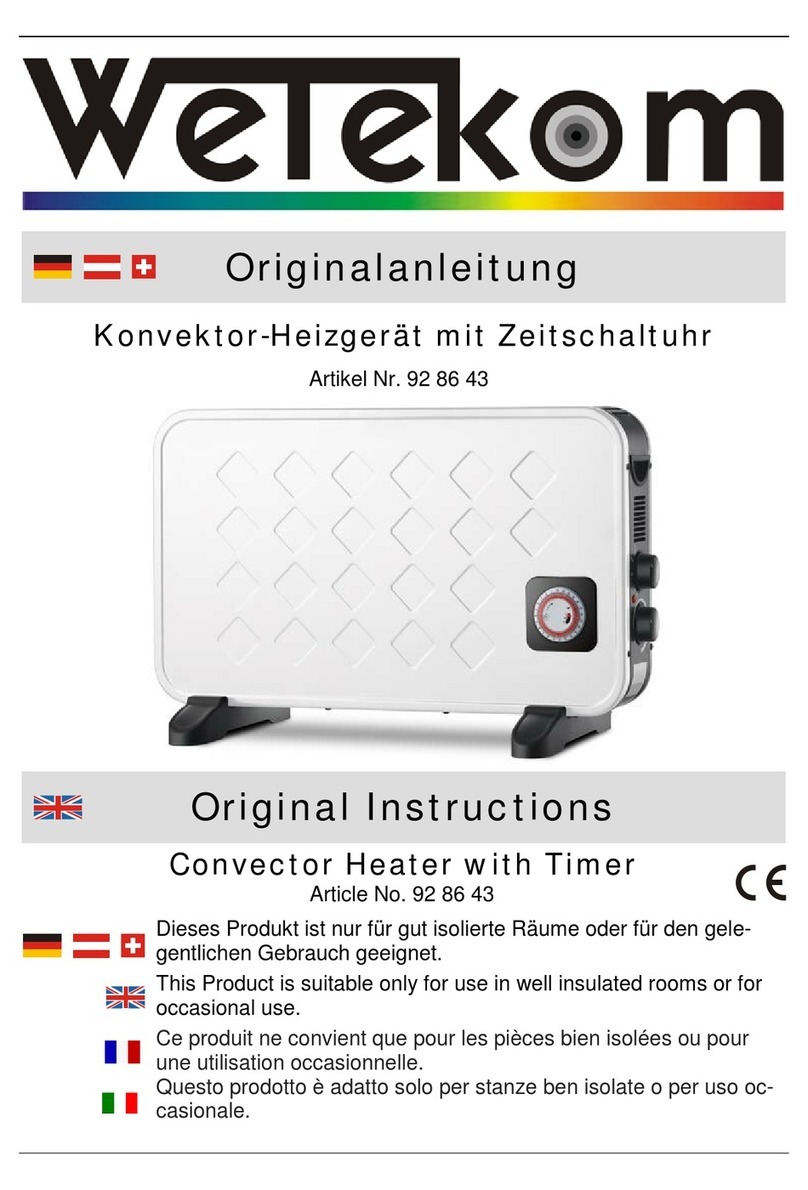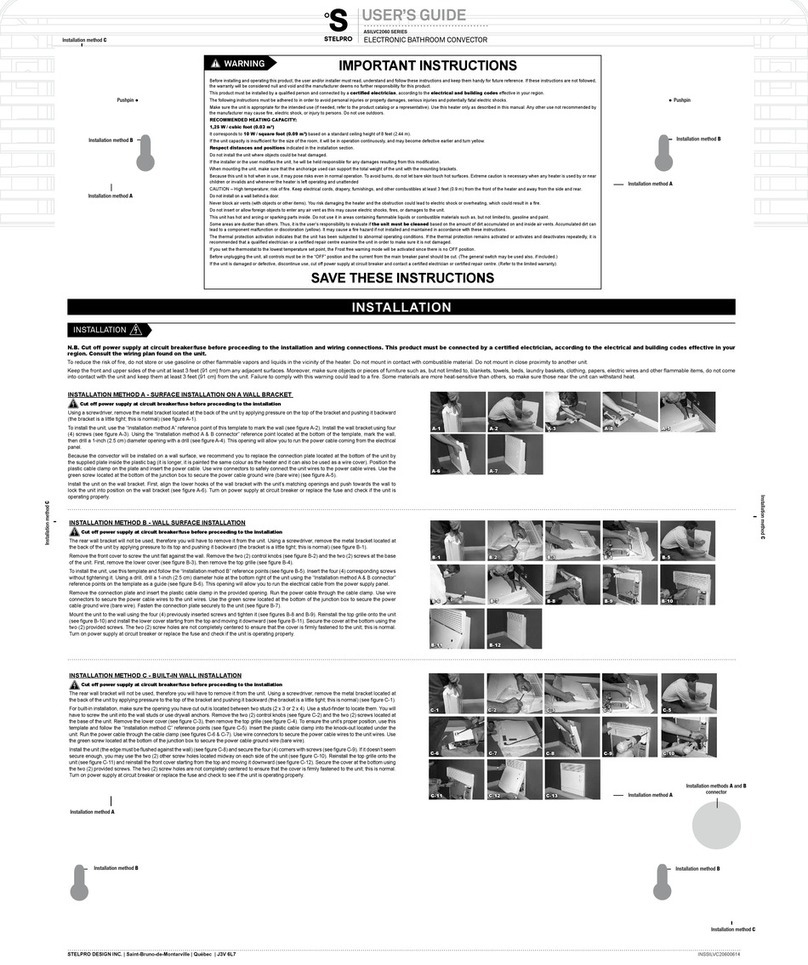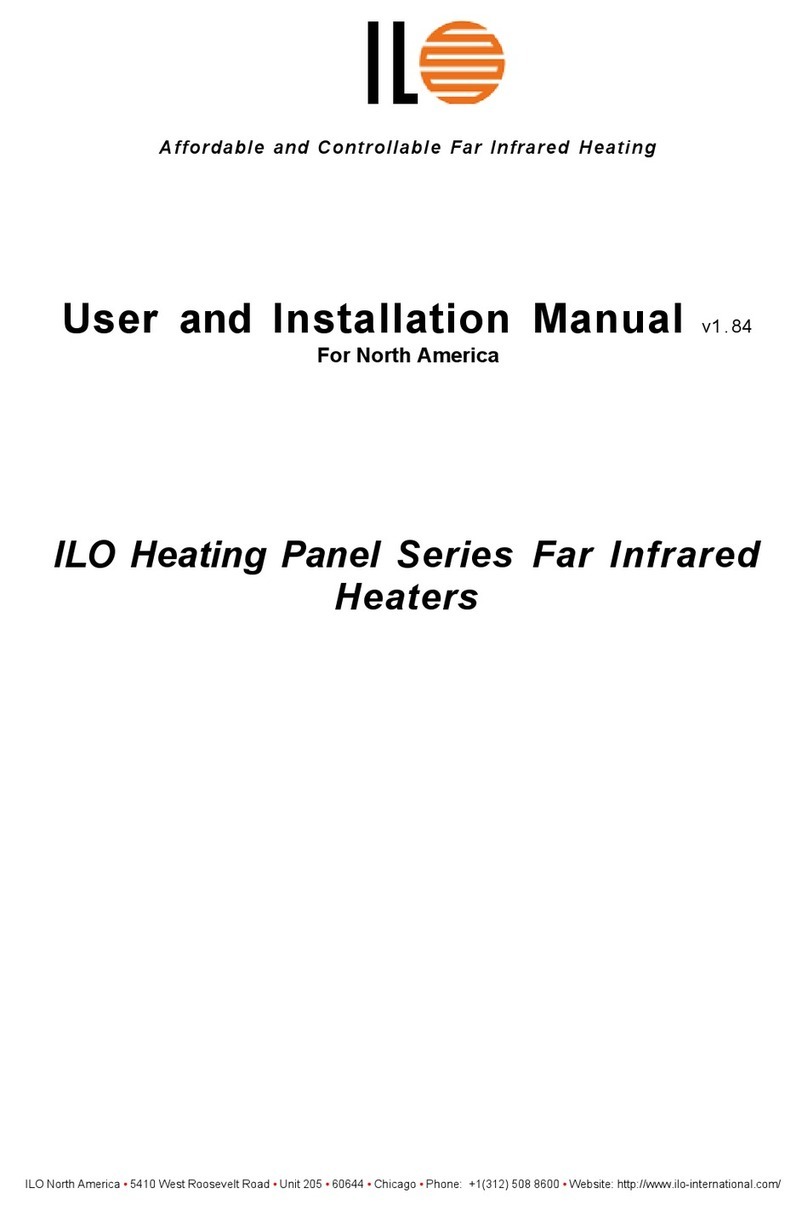
GAS-FIRED VENTED
ROOM HEATER
Installation and Operating Instructions
ENGLISH
Click here for the full manual or
click on the links below to quickly
locate what you’re looking for:
ESPAÑOL
Haga clic aquí para ver el manual
completo o haga clic en los
siguientes enlaces para localizar
rápidamente lo que está buscando:
FRANÇAIS
Cliquez ici pour le manuel complet
ou cliquez sur les liens ci-dessous
pour localiser rapidement ce que
vous recherchez:
Rev. 05/02/17
Specications ...................................... 2
Introduction ......................................... 3
Venting ............................................ 3 - 4
Gas Supply........................................... 5
Location &
Special Precautions ............................. 5
Combustion
& Ventilation Air ................................... 6
Clearances .......................................... 7
Draft Diverter ....................................... 7
Pilot Adjustment ................................... 8
Burner Orice & Orice Chart .............. 9
Proper Burner Flame ........................... 9
Maintenance ...................................... 10
Lighting Instructions ........................... 11
Trouble Shooting Chart .............. 12 - 13
Blower Instructions ............................ 14
TSK Wall Stat Kit ............................... 15
Parts List
and Diagrams ............................. 16 - 18
Warranty ............................................ 19
Especicaciones .................................. 2
Introducción ......................................... 3
Ventilación ...................................... 3 - 4
Suministro de gas ................................ 5
Ubicación y
Precauciones Especiales .................... 5
Combustión
y Ventilación Aire ................................. 6
Liquidaciones ....................................... 7
Desviador de borrador ......................... 7
Ajuste del piloto ................................... 8
Oricio del quemador y oricio Gráco 9
Llama apropiada del quemador ........... 9
Mantenimiento ................................... 10
Instrucciones de iluminación ............. 11
Tabla de problemas .................... 12 - 13
Instrucciones para el ventilador ......... 14
TSK Wall Stat Kit ............................... 15
Lista de piezas y
diagramas ................................... 16 - 18
Garantía ............................................. 19
Spécications ...................................... 2
Introduction .......................................... 3
Ventilation ....................................... 3 - 4
Alimentation En Gaz ............................ 5
Emplacement Et
Précautions Spéciales ......................... 5
Air De Combustion Et
De Ventilation ...................................... 6
Dégagements ...................................... 7
Hotte De Tirage ................................... 7
Réglage De La Veilleuse ..................... 8
Orice Du Brûleur Et Tablea U Orice . 9
Flamme Appropriée Du Brûleur ........... 9
Entretien ............................................ 10
Instructions D’ Allumage .................... 11
Tableau De Dépannage .............. 12 - 13
Instructions Sur Le Soufeur ............. 14
Kit De Thermostat Mural Tsk ............. 15
Liste des Pièces
et Diagrammes ........................... 16 - 18
Garantie ............................................. 19
